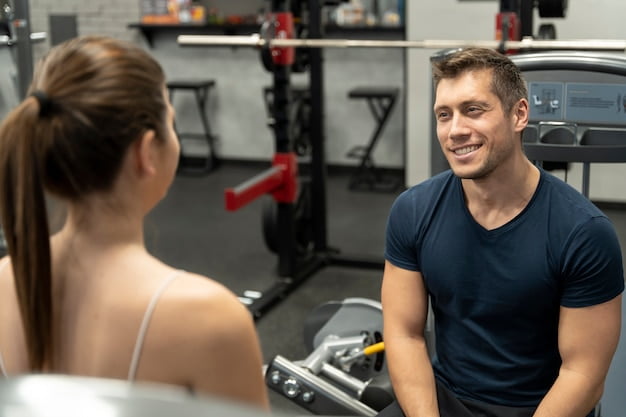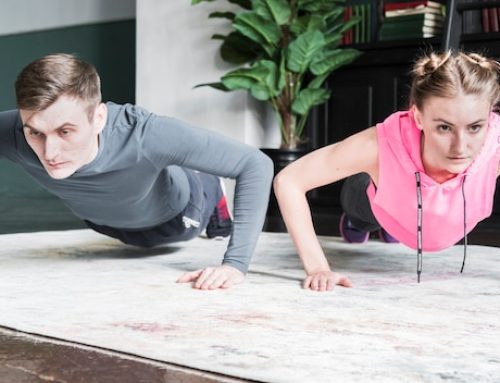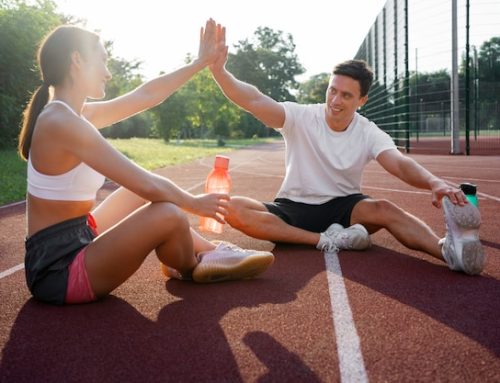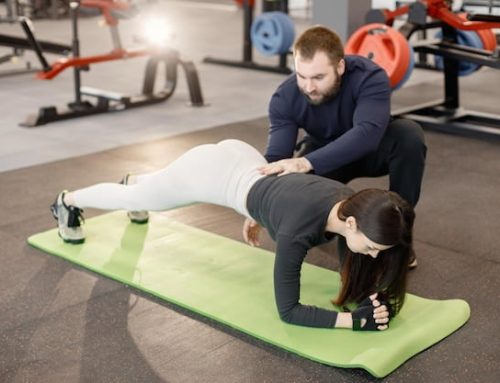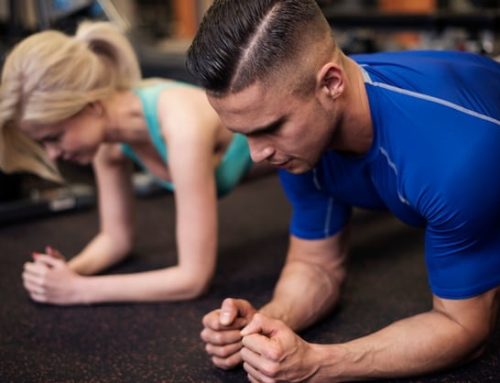The 7 Functional Movements for Sports-Specific Training
Sports-specific training is essential for athletes who want to improve their performance and minimize their risk of injury. But to be effective, this training should focus on the movements that are most relevant to the sport in question. That’s where the concept of functional training comes in. Functional training involves exercises that mimic the movements and demands of a particular sport. One of the key principles of functional training is the idea of the 7 functional movements. These movements are essential for improving athletic performance and reducing the risk of injury.
Squat
The squat is one of the most fundamental movements in sports-specific training. It involves bending the knees and hips to lower the body into a squatting position, then rising back up to a standing position. Squats are essential for improving lower body strength and power, as well as for training balance and stability. In sports, the squat is used in a variety of movements, including jumping, running, and changing direction. Squatting is also essential for sports that require athletes to take a low, stable stance, such as wrestling, football, and martial arts.
Hinge
The hinge is a movement that involves bending at the hips while keeping the back straight. This movement is essential for improving lower body strength and power, as well as for training explosive movements like jumping and sprinting. In sports, the hinge is used in movements such as running, jumping, and throwing. It is also essential for sports that require explosive movements from a standing position, such as football, basketball, and track and field events.
Lunge
The lunge is another essential movement for sports-specific training. It involves stepping forward or backward and bending the front knee while keeping the back leg straight. This movement is essential for improving single-leg strength and stability, as well as for training balance and coordination. In sports, the lunge is used in movements such as running, jumping, and changing direction. It is also essential for sports that require athletes to lunge or step, such as basketball, soccer, and tennis.
Push
The push is a movement that involves pushing an object or resisting a force while keeping the arms straight. This movement is essential for improving upper body strength and power, as well as for training explosive movements like throwing and punching. In sports, the push is used in movements such as throwing, punching, and pushing an opponent. It is also essential for sports that require upper body strength and power, such as football, wrestling, and boxing.
Pull
The pull is a movement that involves pulling an object or resisting a force while keeping the arms bent. This movement is essential for improving upper body strength and power, as well as for training explosive movements like pulling and climbing. In sports, the pull is used in movements such as rowing, climbing, and pulling an opponent. It is also essential for sports that require upper body strength and power, such as gymnastics, wrestling, and rock climbing.
Rotation
The rotation is a movement that involves twisting the torso and hips to generate power and momentum. This movement is essential for improving core strength and stability, as well as for training explosive movements like throwing and swinging. In sports, rotation is used in movements such as throwing a ball, swinging a bat or golf club, and kicking a ball. It is also essential for sports that require twisting and turning, such as basketball, soccer, and martial arts.
Jump
The jump is a movement that involves explosively propelling the body off the ground. This movement is essential for improving lower body power and explosiveness, as well as for training explosive movements like jumping and sprinting. In sports, the jump is used in movements such as jumping for a rebound, leaping over a hurdle, and jumping over an opponent. It is also essential for sports that require explosive lower body movements, such as basketball, volleyball, and track and field events.
Conclusion
Incorporating the 7 functional movements into a sports-specific training program is essential for improving athletic performance and reducing the risk of injury. These movements are fundamental to many sports and can help athletes develop the strength, power, balance, and coordination needed to excel. By focusing on these movements, athletes can improve their performance and stay healthy and injury-free.
